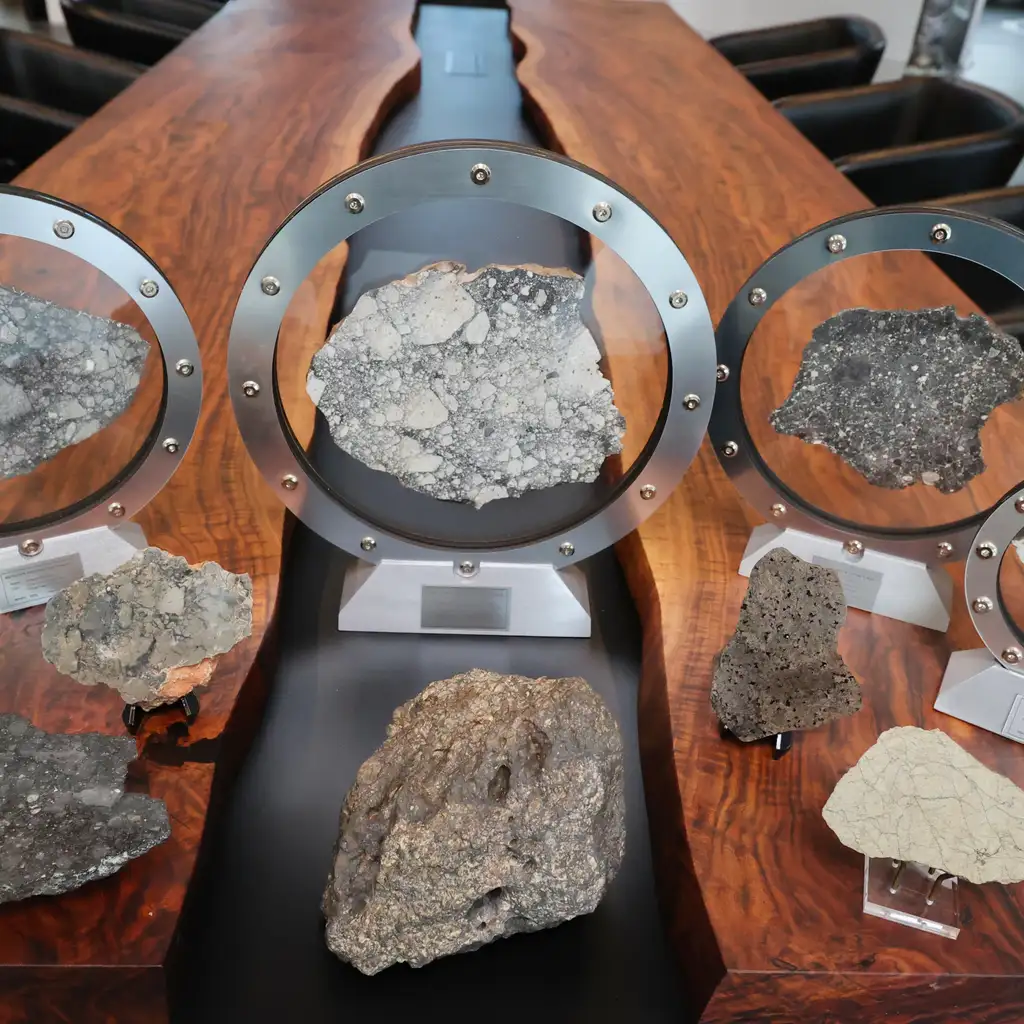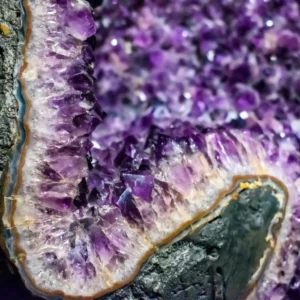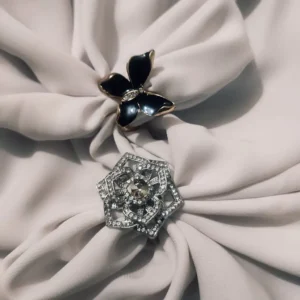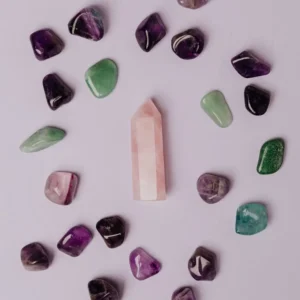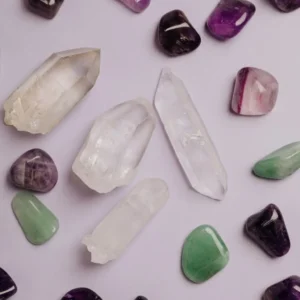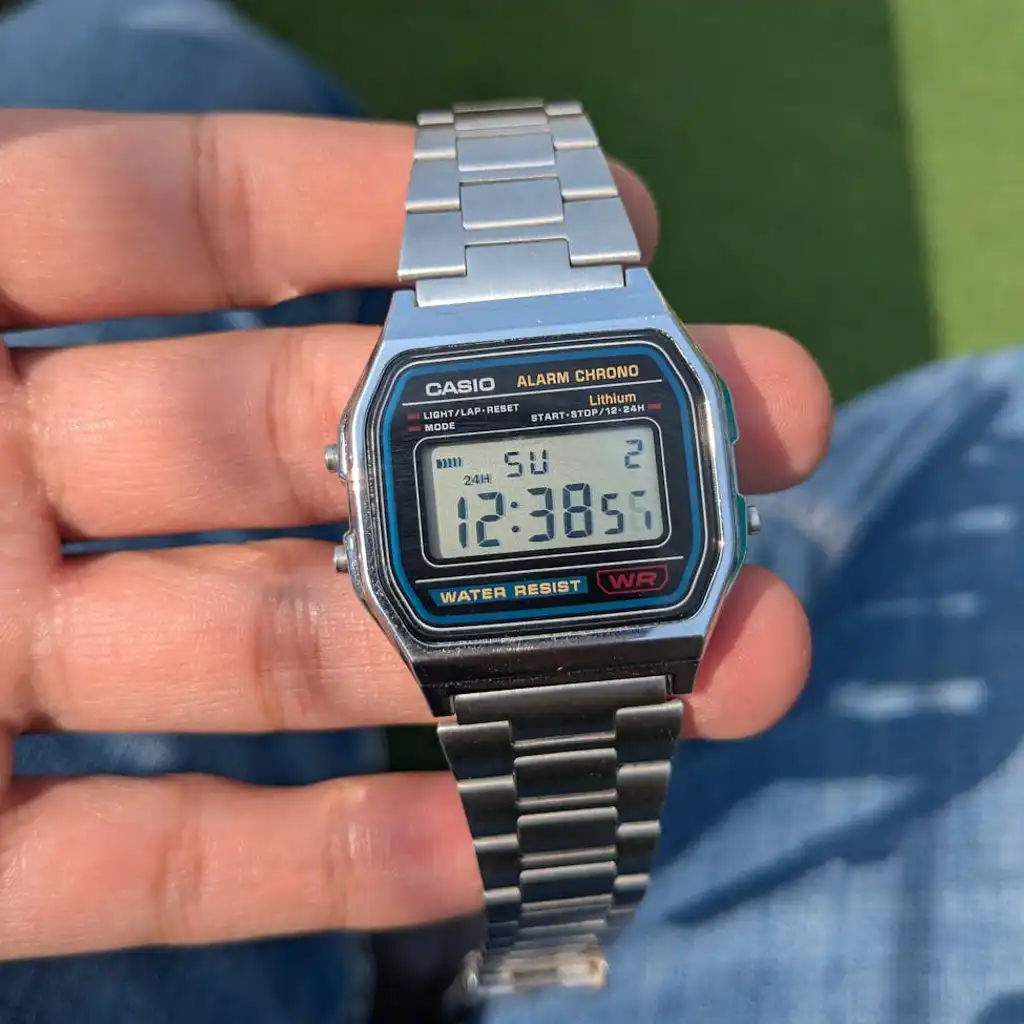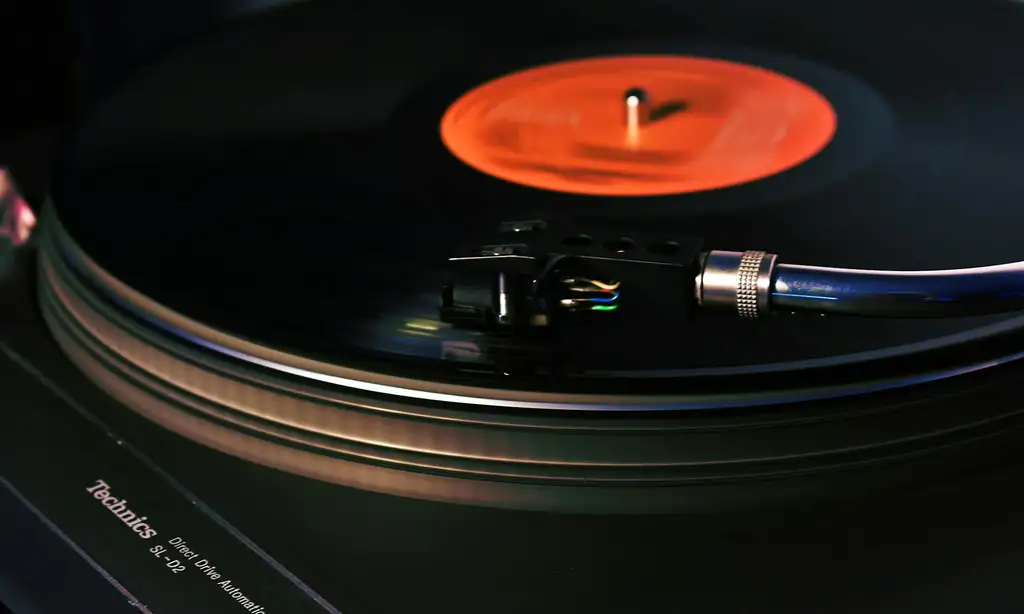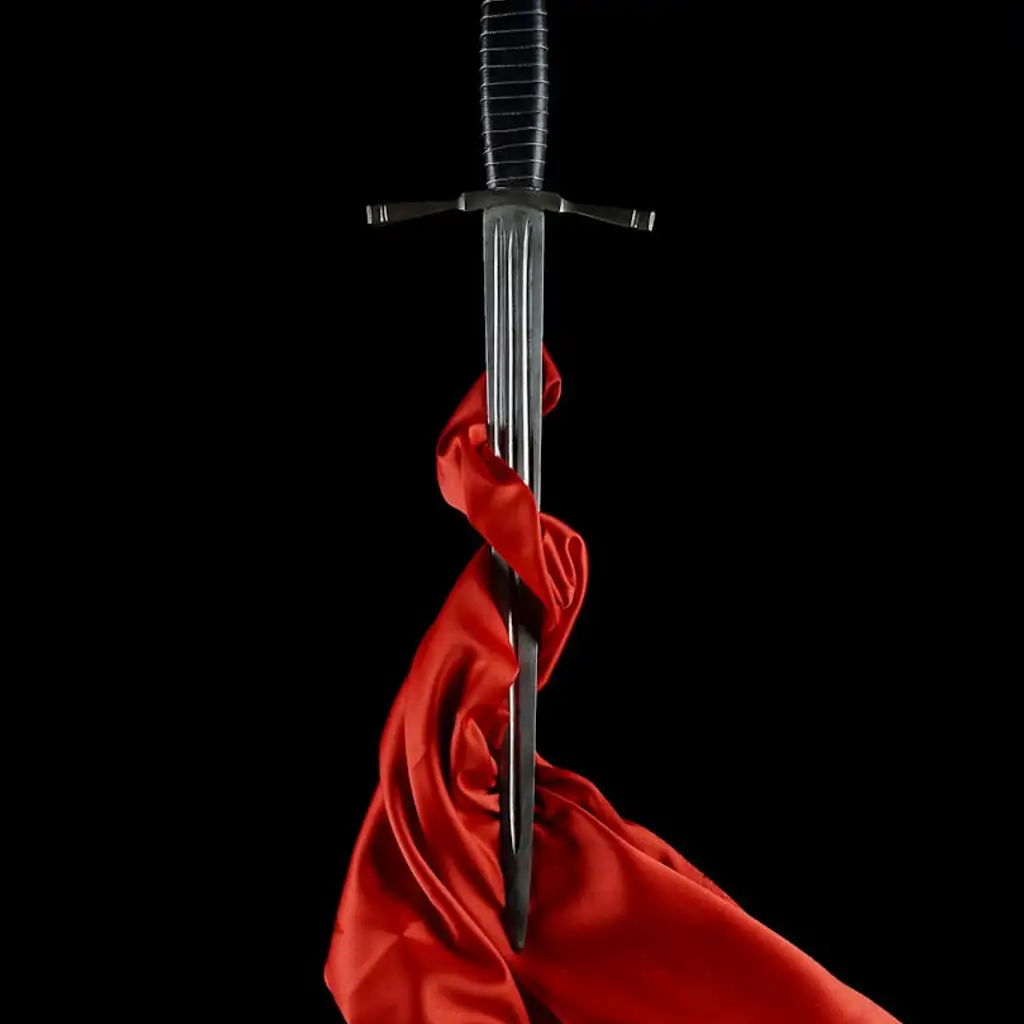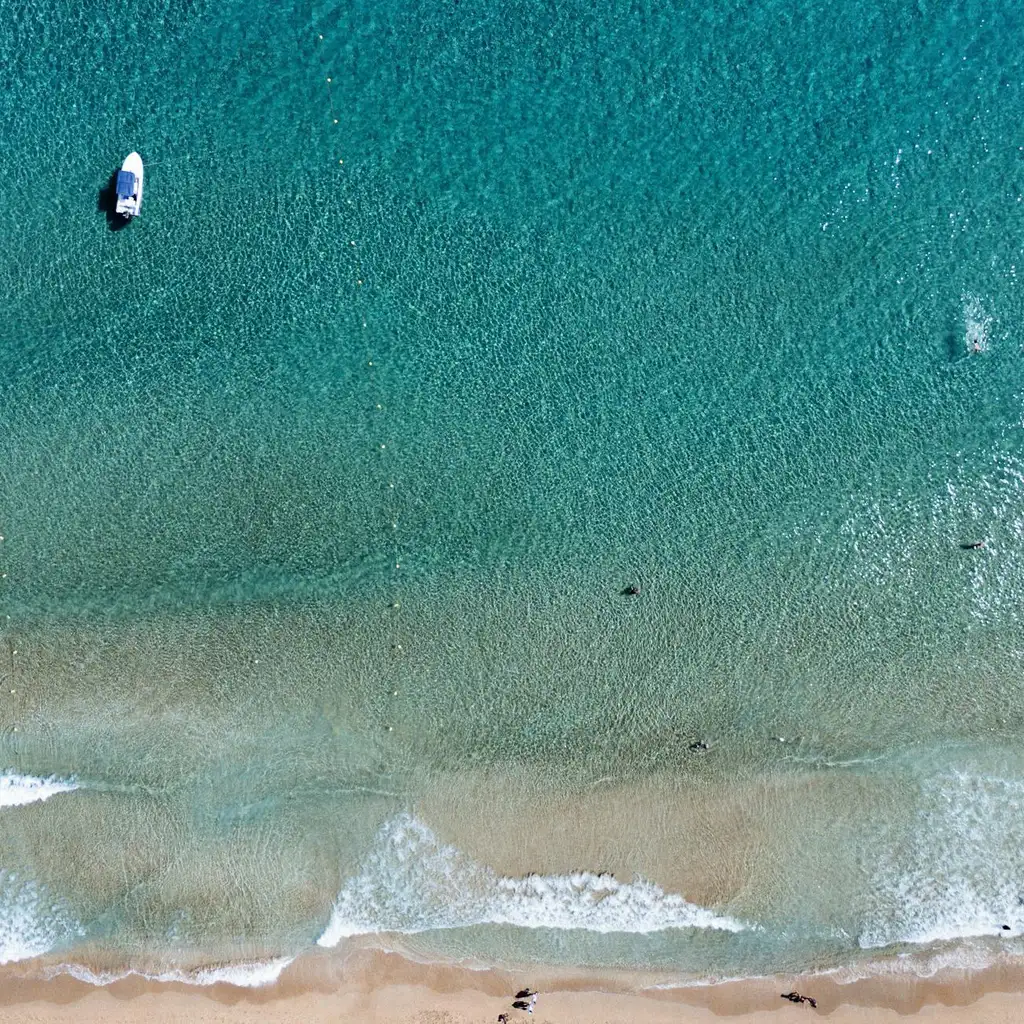Venturing into the world of meteorite collecting can be both thrilling and fulfilling. With a wide array of meteorite types to choose from, beginners might find it daunting to know where to begin. This guide aims to introduce novice collectors to some of the most suitable meteorites, ranging from budget-friendly options to rare treasures that can add a unique touch to any collection.
Top Meteorites for New Collectors
Meteorites are primarily classified into three categories: iron, stony-iron, and stony meteorites. Each category offers distinct features and allure for collectors.
Iron Meteorites
Campo del Cielo: Hailing from Argentina, Campo del Cielo is among the most famous iron meteorites. It is readily available and can be purchased in both raw and polished states. However, it is susceptible to rust and is often treated with oil to prevent corrosion.
Canyon Diablo: Associated with the Barringer Crater in Arizona, USA, Canyon Diablo is another favored choice. Although the main mass vaporized upon impact, fragments remain and are typically sold in their natural form.
Aletai: This meteorite from China is renowned for its striking Widmanstätten patterns, which become visible when cut and etched. Aletai is available in various forms, including polished plates and spheres.
Sikhote-Alin: Known for its spectacular fall in 1947, this Russian meteorite is distinguished by regmaglypts, or thumbprint-like indentations. It is generally sold in its raw form.
Stony-Iron Meteorites
Stony-iron meteorites, especially pallasites, are rare and highly prized for their unique composition of olivine crystals set in a metallic matrix. Noteworthy examples include:
Seymchan: This meteorite is celebrated for its beautiful olivine inclusions and is available in various forms, including cut slabs.
Sericho: Discovered in Kenya in 2016, Sericho is appreciated for its evenly distributed olivine crystals, available in both rough and polished forms.
Stony Meteorites
Stony meteorites are divided into chondrites and achondrites. Chondrites are the most common, composed of small spherical particles known as chondrules. Achondrites, which lack chondrules, resemble terrestrial igneous rocks and include lunar and Martian meteorites.
Chelyabinsk: This chondrite gained fame after its dramatic fall in Russia in 2013, captured on numerous videos. It is widely available and popular among collectors for its historical significance.
Bechar 003: A lunar meteorite, Bechar 003 is a fragment from the Moon’s surface, available in both raw and polished forms.
Amgala 001: Originating from Mars, Amgala 001 is a relatively new find, offering collectors a piece of the Red Planet in both raw and polished forms.
Conclusion
Embarking on a meteorite collection journey can be an enthralling experience. By starting with these recommended specimens, you can cultivate a diverse and captivating collection. For those in search of something truly extraordinary, consider rare finds such as Erg Chech 002, a volcanic rock older than Earth, or Imilac, a stunning pallasite from Argentina.
